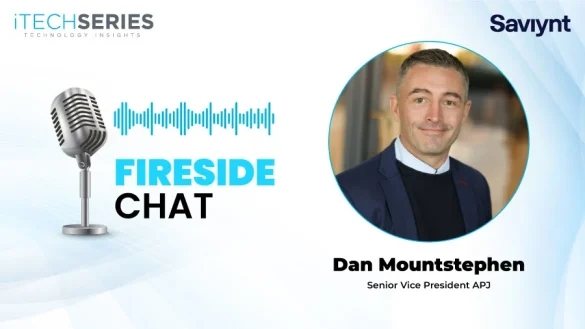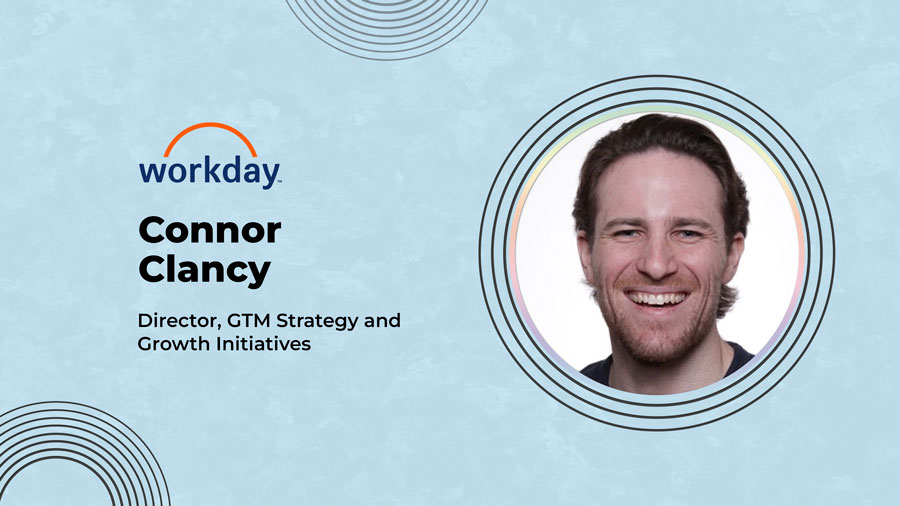Yuri Fiaschi, a strategic partnerships and GTM expert, shares his insights on market entry, team alignment, regional nuances, and using AI for effective GTM and business growth.
Yuri, it’s great to have you for this Q&A interview. Tell us about yourself and your journey to becoming a go-to-market leader.
I developed my career around business and people management and have been doing this since working at IBM in 1998, where I stayed for ten years. I have always been an intrapreneur, whether creating new departments, new business units, or even expanding a company to another country, as I did with Infobip‘s expansion into several countries in Latin America and the USA.
Applying GTM comes naturally when you need to start everything from scratch and thus start bringing results. Currently, I am applying for GTM, mainly for OTT+AI and strategic partnerships. Both should have a positive impact.
How do you promote and enhance GTM collaboration and alignment between various revenue teams at Infobip?
For me, the best way is to show practical results; this naturally converts people and partners, and they naturally start to see themselves in the middle of the process. It is essential to communicate clearly and help everyone see the “big picture” of what you are trying to achieve. This gives perspective and increases collaboration.
A good GTM with good collaboration between areas starts with clear and common objectives. These company-wide objectives also need to be taken into account by all departments. Therefore, it is essential to have direct KPIs that include all departments and people. Furthermore, applying OKRs helps everyone have a good view of the “big picture” and how their work is part of something bigger. The documentation for GTM needs to be ready, both on the product side and in partnerships and sales, and everyone must know their role in applying the strategy.
“Applying GTM comes naturally when you need to start everything from scratch and thus start bringing results.”
At Infobip, we work a lot with Mission-Based Teams or Pods. So, we apply the strategy to a team of people from various departments. We can say that being multidisciplinary and cultural helps a lot in this sense. A vital thing within these teams is unity, with unique KPIs where one depends on the other. Communication is essential between teams and sponsors.
Another important thing is constantly reviewing the strategy, improving at each moment, and reviewing the insights. I always create an external ecosystem, bringing clients and partners who can also test and challenge what is being proposed. For the effective application of GTM, a person needs to be responsible and ensure that everyone is aware of their role and that communication flows, including performance reviews, without fear of retaliation. So the environment has to be safe for everyone.
What has been the most challenging go-to-market program you have led or been involved in?
Managing a new company with no established branding while exploring mature markets is undoubtedly the most challenging task. I faced this challenge several times with Infobip, particularly when opening operations in new countries. It is a challenge because it requires humility and a constant review of what we define as GTM for that country or region. I was responsible for starting Infobip’s operations in various countries, which presented a constant challenge. Every country is different and demands its own strategy. This is an excellent example of how difficult it is: Infobip is at the forefront of technology, and when we entered the USA, we realized that legacy systems were solid and still used by many, including channels such as MMS, which have already been retired in practically all other countries. This made us change our strategy. This is just a simple example that shows how difficult it is, and I faced all these difficulties so many times when starting a new operation in a foreign country.
What emerging trends or changes in customer behavior impact GTM effectiveness, and how do you adjust your strategies to address these developments?
There are two main ones: the hyper-personalization of everything, which needs to be instantaneous and very fast, and omni-channel. AI is helping to push and speed up the need for adjustments. Infobip is the number one communications platform in the world, connecting our customers to their customers. We use all available channels: SMS, MMS, Voice, email, Google RCS, Apple Messages for Business, Whatsapp, and Generative AI. With this in mind, I adjusted GTM by showing through cases, webinars, and workshops how they can use our platform to personalize content immediately on any channel. The way we are projecting has changed completely.
From a metrics and reporting perspective, how have integrated dashboards changed the way revenue teams analyze their performance?
Integrated dashboards help a lot and increase collaboration. When you start to have KPIs that affect all sides (or almost all), you increase collaboration by having joint dashboards.
Teams tend to work more and more collaboratively. We use many, but we agree that we must consolidate all the information on one single platform, and since then, we have been doing it. By having one single source of truth, you avoid conflicts and the “blame game” that is common when multiple teams work together. We also adopted automated reporting, so we are sure people are receiving the proper information and metrics in a simple and comprehensive way. With common KPIs and OKRs, we ensure that all teams get the same data so they can align their goals. We are celebrating wins together!
What is your approach to adapting to region-specific considerations for a go-to-market strategy?
I try to understand the market before anything else. It is important to see which products and solutions are most attractive for each region. This can be done by conducting a SWOT analysis of possible competitors already established in the market. I analyze the needs of potential target customers and partners by exploring the following:
- In this market, what is the approach? What works?
- How do ICPs behave? How do they buy?
- Which markets have the most room to grow in the long term, and where can we see results in the short term?
When integrating AI into your GTM processes, what key factors do you consider to ensure it provides genuine value?
These are the main points that we need to monitor to make sure it is giving you the correct value:
- How does AI align with the business? How are customers and prospects using AI? What do you want to achieve by having AI?
- It is essential to have great data ready and available to help AI development.
- How will your customer experience be affected by that? What do you want to achieve?
- How do you scale up AI use integrated into your system? What’s your ability to handle increased data?
- Address ethical concerns related to AI, including privacy.
What strategies do you use to foster a culture of transparency and trust within your team?
Communication is critical. I communicate everything, from objectives to expectations and goals. I continue to provide open feedback, always in two ways. I share what we are doing, set expectations, and create a vision for the future. Additionally, I promote collaboration and communication among others, especially without me. I encourage them to share cases, experiences, and successes so they can help each other and celebrate together.
One thing that I like to practice, for example, is letting my team solve their conflicts, both within them and with other teams. This helps them develop the ability to negotiate and understand the big picture, avoiding me being their “babysitter” every time they have an issue.
Another thing is to give honest and proper feedback to each other in a constructive manner. We always celebrate each other’s success, recognizing our efforts and the great people who are doing everything they can to achieve their best results.
All people inside my team know their KPIs, what is expected from them, and how they should work, but as important as individuals knowing their goals, the team knows each other’s goals, so they engage better, helping each other; this also fosters more collaboration and unity.

Infobip is a global leader in omni-channel engagement, providing a comprehensive range of messaging channels, tools, and solutions to elevate customer interaction, authentication, and security. Dedicated to excellence in engineering, Infobip attracts top talent worldwide, driving innovation and growth.
Yuri brings over 24 years of sales, account management, and team leadership expertise. With a background in launching new departments and expanding into new markets, Yuri drives revenue growth and fosters strategic alliances. He’s passionate about fostering transparency, collaboration, and customer success.











